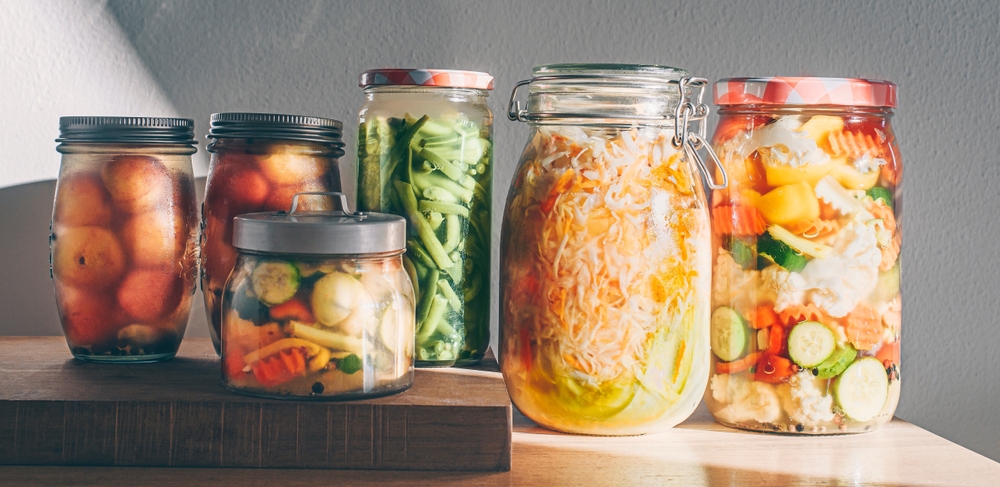Label reading tips for healthier grocery choices
Smart label reading helps you choose groceries that fit your nutrition and sustainability goals. This short overview explains practical cues to watch for on ingredient lists, nutrition facts, and specialty labels so you can make clearer decisions in the store.

Reading food labels can turn a crowded grocery aisle into a manageable selection process. When you learn to interpret nutrition facts, ingredient lists, and front-of-package claims, you can align purchases with recipes, mealprep plans, and personal preferences while keeping sustainability and preservation needs in mind. This article provides practical, evidence-based tips to help you compare items, spot common pitfalls like hidden sugars or additives, and make choices that support balanced snacking, beverages selection, and culinary experimentation.
Nutrition: what to prioritize on labels?
Start with the Nutrition Facts panel to compare serving sizes, calories, macronutrients, and key micronutrients. Note the serving size first—packages with multiple servings can be misleading if you assume the whole pack equals one serving. Look at total fat, saturated fat, sodium, and added sugars to assess how a product might fit into daily nutrition targets. Fiber and protein values help gauge how filling an item may be for mealprep or snacking, while vitamins and minerals can indicate additional nutritional benefits useful for recipes and daily intake. For beverages, watch for concentrated sources of sugar that quickly increase calorie counts.
Ingredients: how to read the ingredient list?
Ingredient lists are ordered by weight, so the first few items make up most of the product. Shorter ingredient lists often reflect simpler formulations, but not always higher quality—context matters. Watch for ingredients you recognize versus long chemical names; items like whole grains, legumes, or named fruits are clearer than vague terms such as “natural flavors.” Pay attention to added sugar by scanning for terms like sucrose, corn syrup, dextrose, maltodextrin, and fruit juice concentrates. For those concerned about sustainability or allergens, ingredient lists also reveal sources (e.g., palm oil) and hidden components like gluten-containing thickeners.
Mealprep and recipes: using labels for planning
When planning recipes and week-long mealprep, labels help you estimate portions and ingredient interactions. Use the nutrition information to calculate how packaged components contribute to a meal’s macros and calories. Ingredient lists inform whether a product will behave as expected when cooked or combined—starches, stabilizers, and preservatives can affect texture and preservation. Consider shelf-stable versus refrigerated options for pantry staples; some packaged items designed for long storage contain higher sodium or preservatives that influence both flavor and suitability in homemade recipes.
Pantry and preservation: choosing shelf-stable items
Selecting pantry items involves balancing shelf life with ingredient quality. Labels will indicate whether oils, canned goods, or packaged snacks contain preservatives or antioxidant additives to extend storage. For long-term pantry staples, look for simple ingredient declarations and clear preservation methods—salt, vinegar, or refrigeration instructions—rather than undecipherable chemical names. Preservation techniques such as canning and fermentation may be listed, and understanding those methods helps you pick choices that suit your sustainability goals and culinary plans while minimizing waste.
Beverages: spotting added sugars and additives
Beverage labels can hide significant amounts of added sugar, flavors, or calories despite modest portion sizes. Compare sugar grams and look for terms like “added sugars” on the Nutrition Facts panel. For beverages marketed as natural or functional, check the ingredients for added colors, flavors, or sweeteners (both caloric and non-caloric). If sustainability or local sourcing matters, packaging labels sometimes indicate origin or certifications—use those to guide choices toward more environmentally aligned producers while keeping beverage ingredients and nutritional balance in view.
Fermentation and culinary pairings: reading specialty labels
Fermented foods—such as kimchi, sauerkraut, yogurt, and certain beverages—often list starter cultures, fermentation time, and salt content. Labels can indicate whether a product contains live cultures or has been pasteurized, which affects both flavor and preservation. When selecting fermented items for culinary pairings or recipes, read salt and sugar levels and confirm any added preservatives that might alter expected fermentation benefits. Pairings with other ingredients depend on taste profiles listed on the label (e.g., smoky, tangy, sweet) and the presence of allergens or strong flavor enhancers.
This article is for informational purposes only and should not be considered medical advice. Please consult a qualified healthcare professional for personalized guidance and treatment.
Conclusion
Label reading improves grocery choices by clarifying what is inside packages and how products will perform in meals, snacks, and beverages. By focusing on serving size, ingredient order, added sugars, sodium, and specific terms related to preservation or fermentation, shoppers can better align purchases with nutrition goals, mealprep plans, sustainability preferences, and culinary needs without relying on marketing claims alone.





